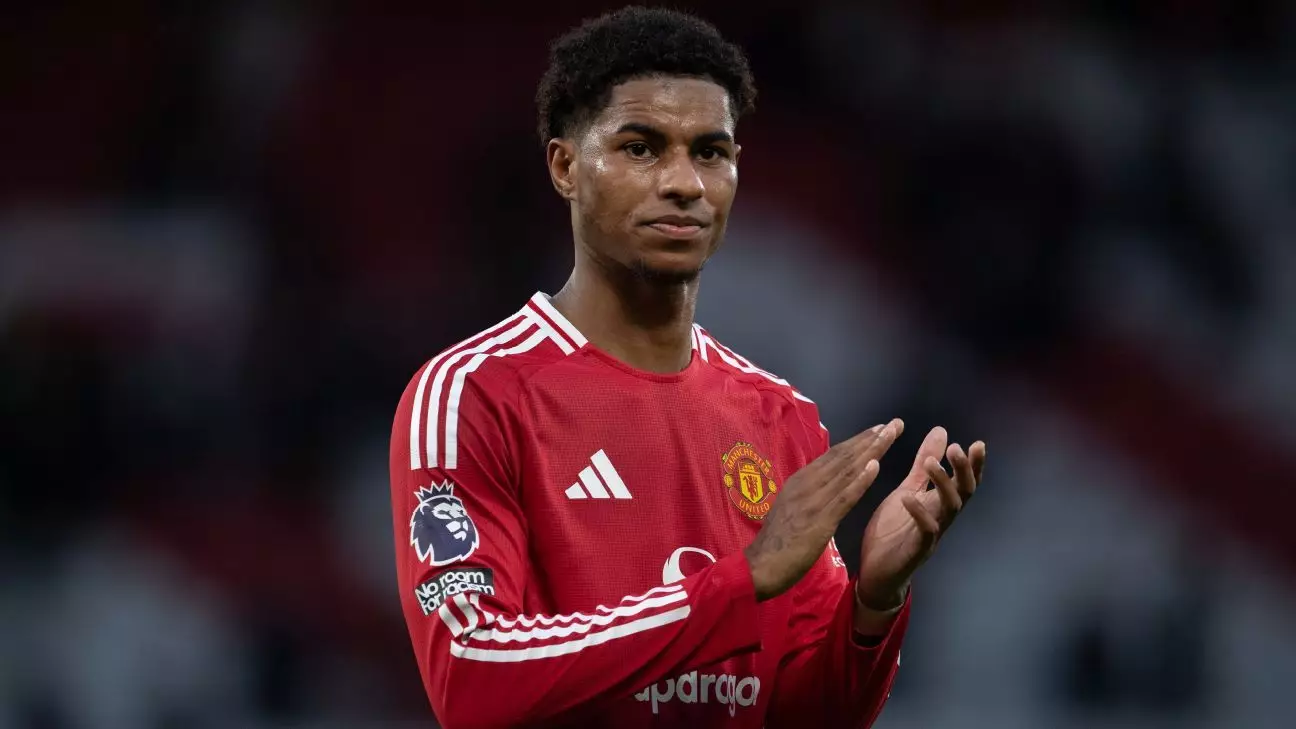The Premier League’s transfer window has officially opened, providing an essential opportunity for clubs to bolster their squads ahead of the 2024-25 season. Running until 11 PM GMT (6 PM ET) on February 3, 2025, the transfer window is a vital aspect of the football calendar, allowing teams to rejuvenate and rethink their strategies. This event is not unique to England; other countries within the football ecosystem, including France and Germany, have similar timelines for their transfer negotiations. Although nuances exist—like the earlier opening on January 2 in Spain and Italy—the essence remains: clubs look to capitalize on player movements to improve their fortunes.
One of the most critical elements of the transfer window is how it allows clubs to pivot and adapt based on performance analyses from the ongoing season. Whether struggling at the bottom of the table or jostling for top positions, every team has its reasons for acquiring new talent. For instance, a team facing relegation might scout young, untested players with potential, while title contenders might seek established stars capable of changing games.
Historically, the winter transfer window often reflects teams’ willingness to spend and invest in new talent. According to Deloitte’s research, the Premier League clubs alone spent significantly less during the last January window compared to 2023, totaling around £100 million ($127.7 million), substantially lower than the previous year’s £815 million. This data illustrates that financial prudence has seemingly become the hallmark of recent transfer strategies. Notably, barring unique circumstances like the COVID-19 pandemic or economic downturns, this was one of the quietest windows, with clubs favoring caution over reckless financial commitments.
The standout signing last window was Tottenham Hotspur’s acquisition of defender Radu Dragusin. His transfer, reported at approximately €25 million ($27.3 million) alongside additional add-ons, highlights the strategic shifts in clubs’ approaches. Rather than chasing flashy purchases, some teams appear focused on specific positional needs, indicating an analytical approach to recruitment.
Key Players in the Transfer Talks
As the transfer window progresses, specific players have emerged at the center of speculation, many of whom are crucial to their respective teams. Manchester United’s Marcus Rashford, who began his career at the club, has hinted at wanting a fresh start, stating he is “ready for a new challenge.” His omission from critical matches has raised questions about his future in a squad that appears to be in transition. The club’s management must evaluate whether keeping a player with potential lingering dissatisfaction aligns with their long-term goals.
Meanwhile, Liverpool’s formidable trio—Mohamed Salah, Virgil van Dijk, and Trent Alexander-Arnold—are also under scrutiny, with their existing contracts expiring at the season’s end. The prospect of these star performers engaging in pre-contract talks with non-English clubs puts Liverpool in a precarious position, as they seek to retain key assets and avoid a mass exodus of talent.
Adding to the urgency, Manchester City’s Kevin De Bruyne is facing a similar contract dilemma, posing additional challenges for coach Pep Guardiola. The implications of losing such high-caliber players stretch beyond the immediate tactical adjustments; they touch on the broader context of club identity, branding, and success trajectories.
The effect of player movements during the transfer window resonates deeply not just with individual teams but throughout the league. As clubs make decisions during this pivotal time, other clubs must react accordingly, modifying their strategies in anticipation of potential shifts in competition dynamics. This winter window, although quieter in spending, could reshape power balances across the Premier League.
With new opportunities on the horizon for several players and shifting dynamics between clubs, the 2024-25 season could evolve into an unpredictable landscape. Fans, pundits, and the clubs themselves watch closely as the drama unfolds, excited by the potential transformations yet wary of the consequences of both wise and hasty decisions. Ultimately, the outcomes of this transfer window could very well define the contours of not just the current season, but also the years to follow in the storied history of English football.

